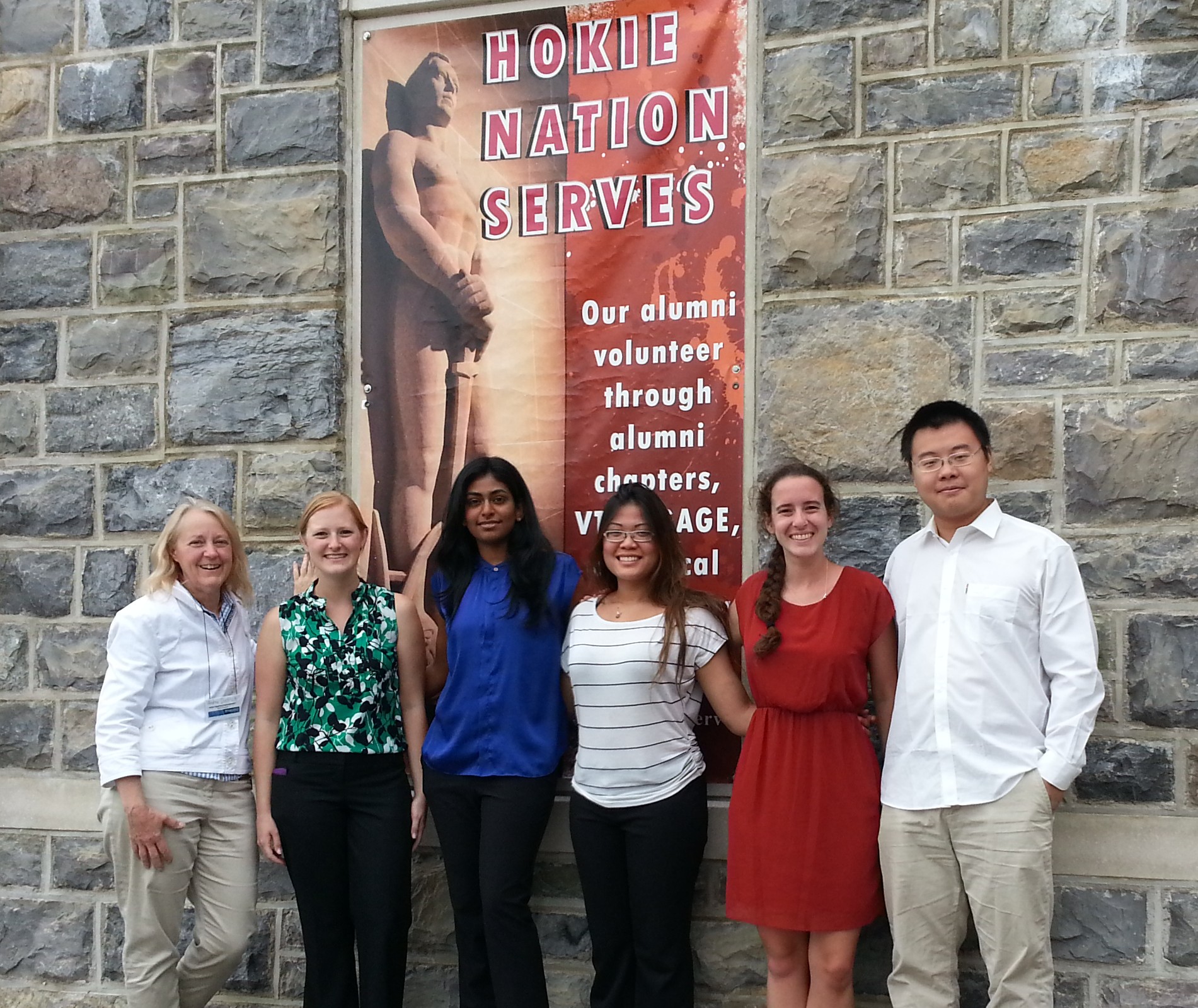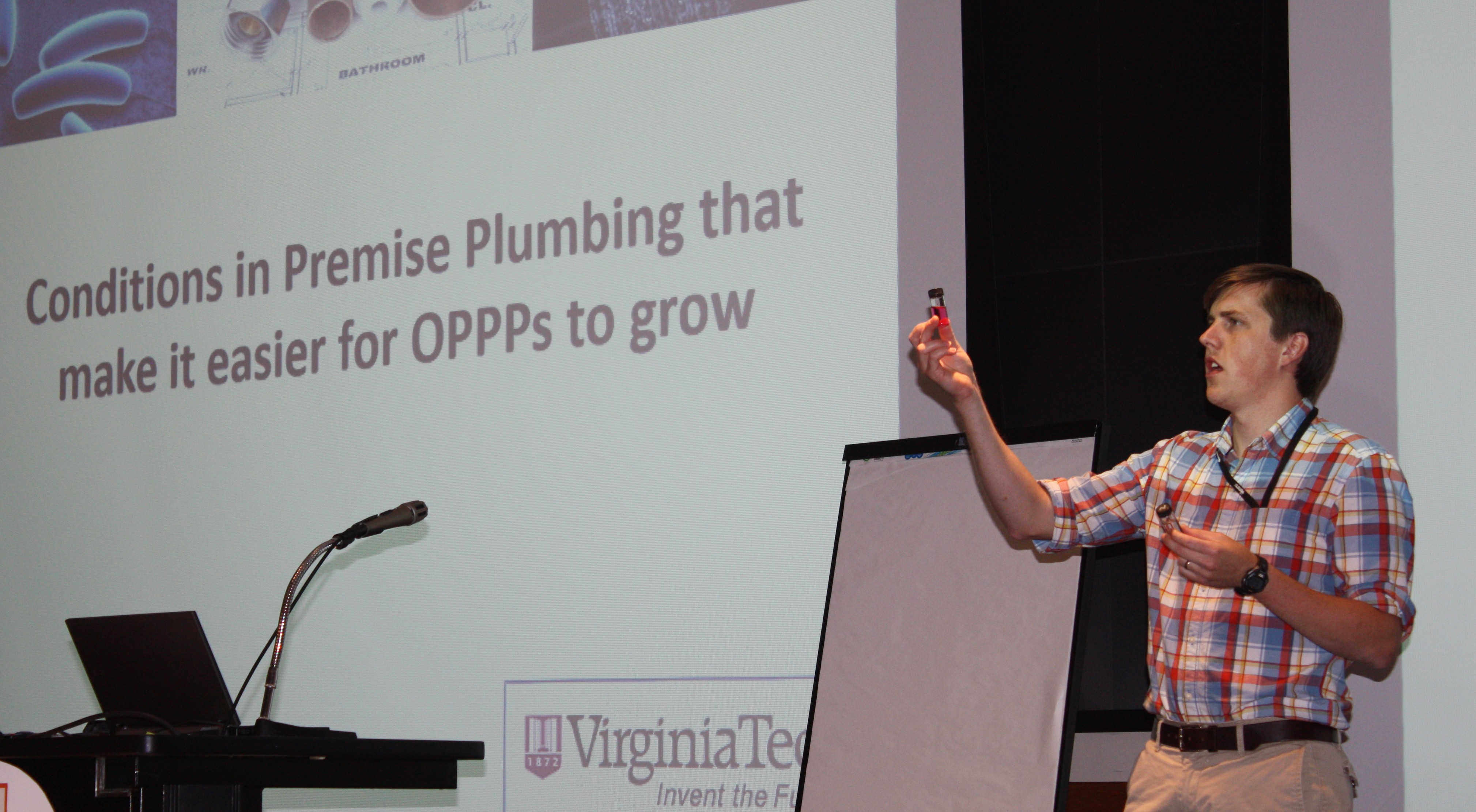2014 Water Treatment Plant Operators Short Course

This year, Water INTERface faculty and students participated as instructors at the 2014 Water Treatment Plant Operators Short Course hosted at the Inn at Virginia Tech. The Water Treatment Plant Operators Short Course is sponsored by the Department of Civil and Environmental Engineering, Continuing and Professional Education, Virginia Department of Health, Virginia Department of Environmental Quality, Virginia Section of the American Water Works Association, and the Virginia Water Environment Association with the purpose of bringing more people into the field of water treatment plant operations and enhancing the understanding, awareness and abilities of practicing operators and those who aspire to become operators.
Dr. Andrea Dietrich, Amanda Sain, Katherine Phetxumphou, Megan Ahart, Ashly Thomas, and Yang Zhao taught a course on organoleptic (e.g., taste, odor, visual) issues in drinking water. Specifically, the course focuses on identifying the sources of aesthetic problems within a tap water and how to communicate effectively with consumers about these issues. Operators were given the opportunity to examine these aesthetic issues first hand as they participated in flavor ranking tests for drinking waters of varying total dissolved solids, identification and description of common drinking water off-odors, and inspection of off-colors in water at concentrations near regulatory values. The operators were also familiarized with the taste and odor wheel, which is a great tool for determining the source of a taste or odor issue in drinking water. The response from the operators was terrific. They immensely enjoyed tasting,smelling, and viewing water with aesthetic impurities. They engaged the instructors in interesting conversations about issues at their individual water treatment plants.

William Rhoads and Virginia Riquelme Breazeal taught a course on the microbiology of drinking water. The course outlined the microbes regulated by the U.S. EPA, walked operators through the anatomy of a cell, and discussed how the most problematic pathogens were eliminated at the water treatment facility. Participants had the opportunity to observe heterotrophic growth on agar plates, load a DGGE, and take a look into 50+ year old pipes harvested from a distribution system.


